Why an Implementation Guide?
In preparation for a major Beacon Community Schools expansion in SFUSD schools in 2018, a team of staff at the San Francisco Beacon Initiative and San Francisco Unified School district created the San Francisco Community Schools toolkit, with community collaboration to determine standards and theory for any community school in San Francisco. After two years of expansion, Beacon Directors identified a need for a reference guide to how Beacons are implementing the model across the 27 schools. This sparked the Beacon Implementation Guide, created with input from dozens of Beacon staff and directors.
How is the B.I.G. structured?
There are 4 sections, based on the 4 key program areas of Beacon Community Schools: Expanded Learning, Behavioral Health and Wellness, Transitions, and Family Partnerships. In each program section, there are two types of examples: Quality Practices and Types of programming. The distinction between these is that Quality Practices are the WAYS a Beacon works, how a Beacon approaches planning, program development and partnership. Types of Programming are WHAT a Beacon offers, including activities, events and resources for youth, family and their greater community.
Does this document contain every example of awesome Beacon practices!
There are so many more amazing examples of great practices and programs not listed here. If you want to see MORE examples, reach out to the San Francisco Beacon Initiative - we can help point you in the right direction. More examples are in the guide.
Expanded Learning
Quality Practices
Beacon Lead Agency and School Admin co-create vision for expanded learning programming based on needs of school community
Example:
The Aptos Beacon staff meet with school admin to review QAP, Balanced Scorecard, and family feedback from the previous school year to inform activities, events, and supports. They continue to meet at least twice a month for accountability, implementation, and propel collaboration opportunities forward. (Stefanie - Aptos Beacon)
Types of Programming
Lunchtime clubs are offered to give all kids more access to enrichment programs and to engage kids in a structured activity during downtime when there are often conflicts.
Examples of clubs:
Science Club, DJ club, Black Student Union, Video Game club, comic book club, 8th grade club, Black Girl Magic, etc.
The APG Beacon partners with the school's student government to create student led clubs after school and at lunch time. Student Government helps students who have an idea for a club get it going. Once they have a weekly agenda and student interest, the Beacon finds a staff advisor and the club can start. (Mandy McGowen- APG Beacon)
Behavioral Health and Wellness
Quality Practices
Hire a full time Behavioral Health and Wellness Coordinator.
Example:
MLK Beacon has a full time Health and Wellness Coordinator - This is an exerpt from the job description:
The Health and Wellness Coordinator will collaborate with other Beacon staff and school counselors, the on-site social worker, and other service providers to identify and accommodate students’ mental, social-emotional, and physical health needs. ....The Health and Wellness Coordinator will participate in MLK’s Student Assistance Program (SAP), Student Success Team (SST) and other relevant meetings. They will also connect students and families to mental health services and coordinate partnerships to provide additional on-site health and wellness programming.
Types of Programming
Expand capacity for Behavioral Health services, including mental health, by partnering with community-based and city agencies.
Example:
The Denman Beacon has two mental health staff from Urban Services YMCA (their lead agency) who work with 14 full scope medical students and families. The Community Health Program Manager focuses on bringing in CBOS for support groups and support in the SAP and also case manages 20 students, all in community with their social worker and head counselors.
Transitions
Quality Practices
Collaborate and communicate with feeder schools for a smooth transition
Example:
Hoover Beacon's liaisons work and connect with their feeder schools to make sure that families can connect with the Hoover liaisons (Chinese/ Spanish) for an easy transition.
Types of Programming
Step-Up and Parent workshops for incoming and outgoing students.
Example:
At Hoover Beacon, they have step-up programming for both students and for families. The step-up for students is a three-day program right when school ends where incoming students meet teachers and get acquainted with the school. With the parent step-up, its's a one day orientation where families will meet the key people: Admin, grade level admin and counselor and some teachers as well. They will tour the school, mix/mingle and get information on how the school operates and sign up for different parent groups as well.
Family Partnership
Quality Practices
Collaboration with School Family Liaison
Example:
The Paul Revere beacon hired one of the school's part time family liaisons to also work part time for Beacon in the afternoon. This allows really clear collaboration and alignment between school and Beacon efforts.
Types of Programming
Family Events
Example:
At Aptos Beacon, they host paint night, game night, multicultural night, and family workshops.
The Francisco Beacon hosts family events including affinity dinners, the Lunar New Year celebration and Back to School Bash.


